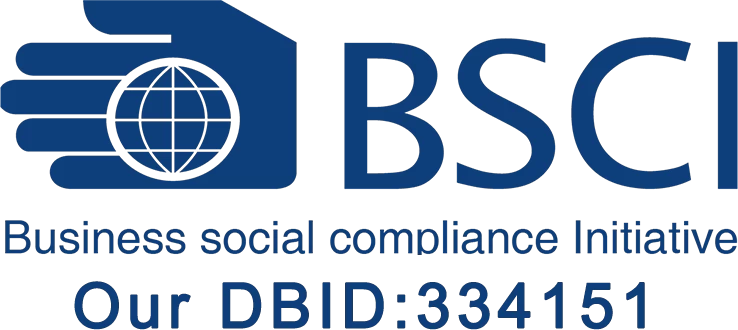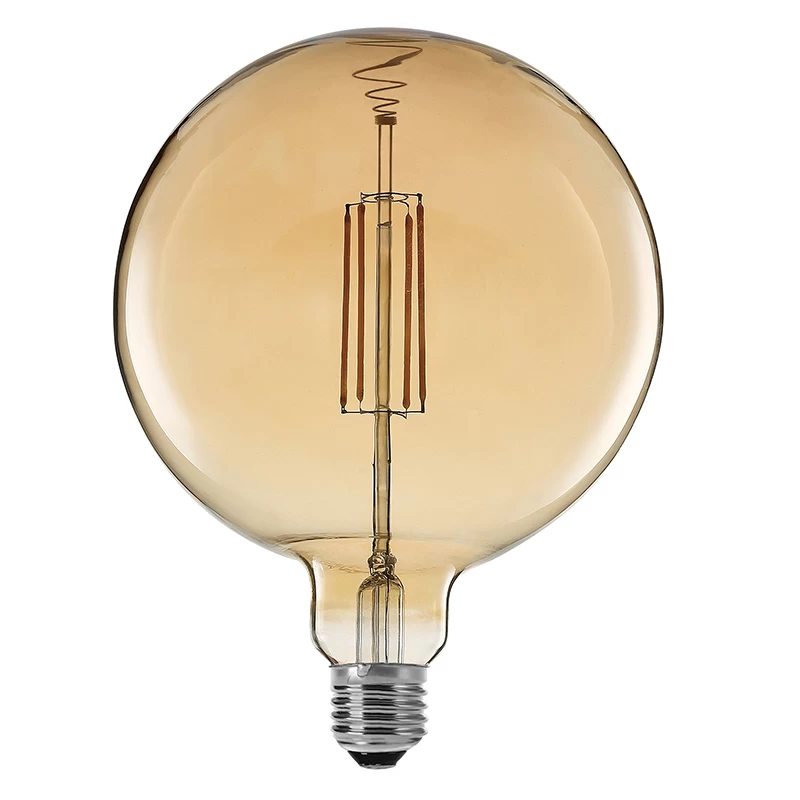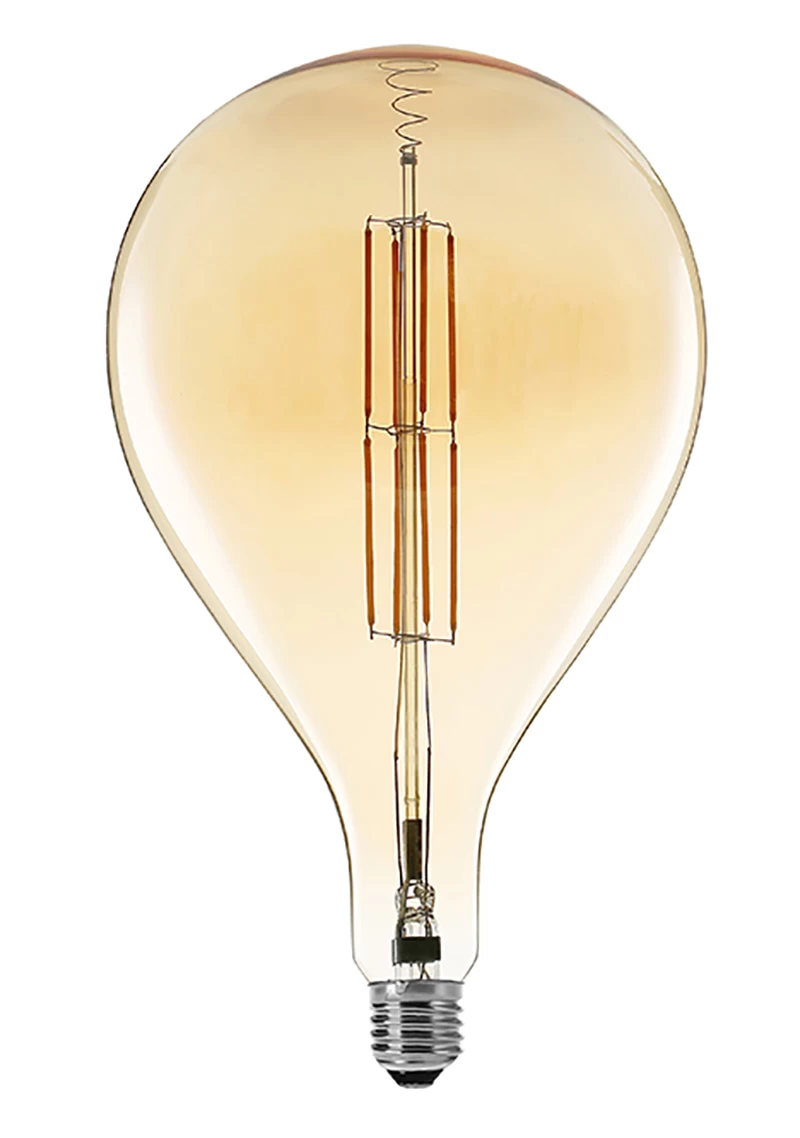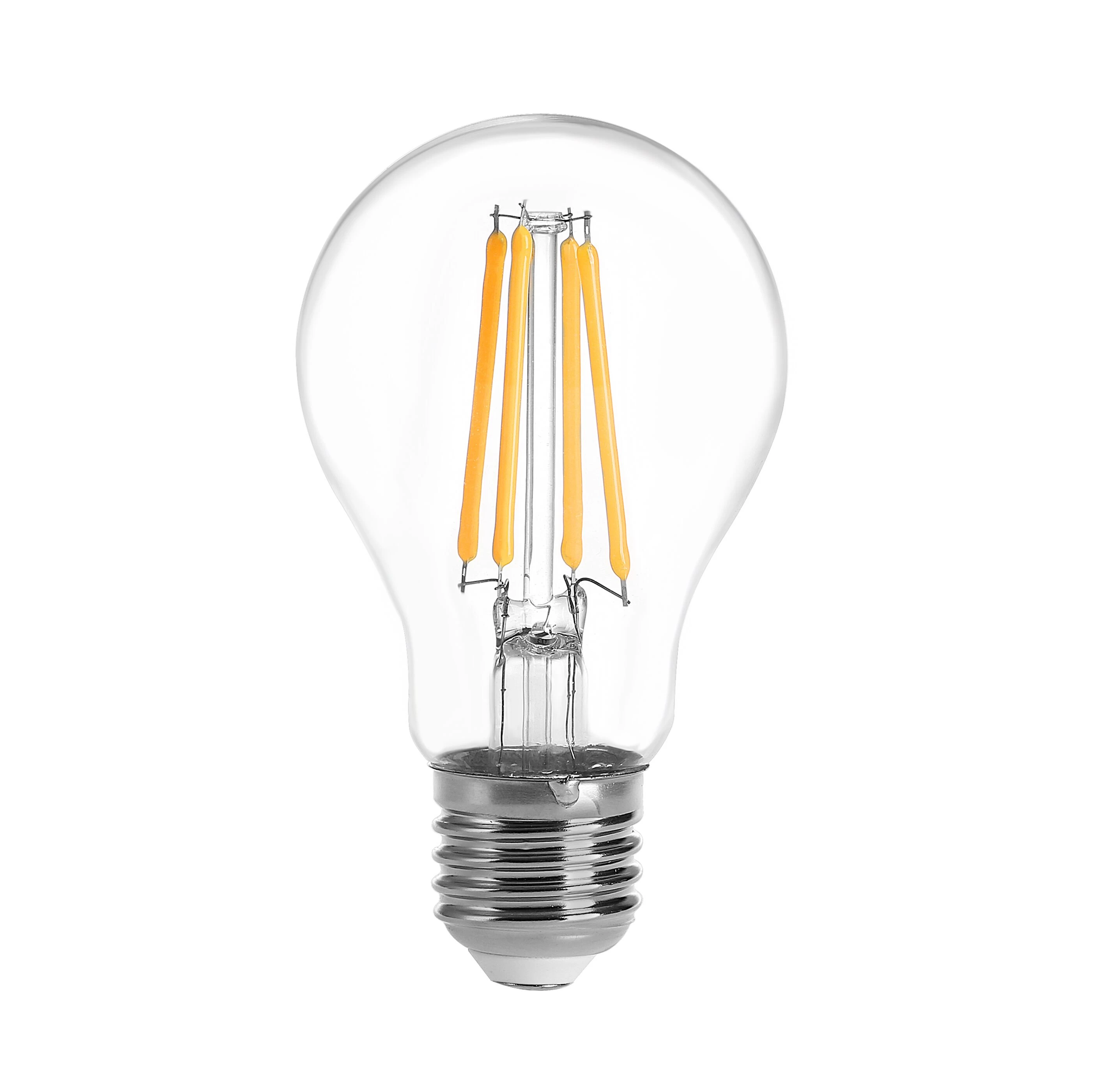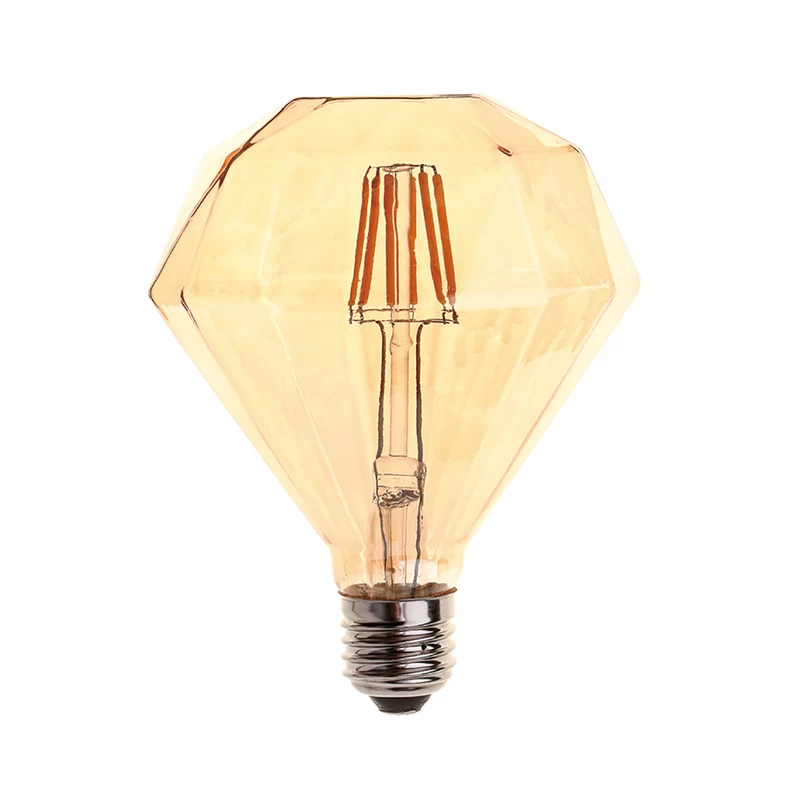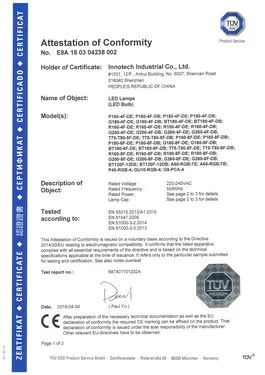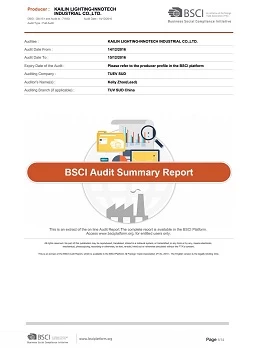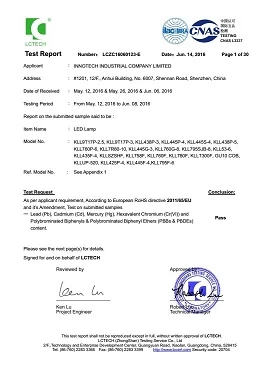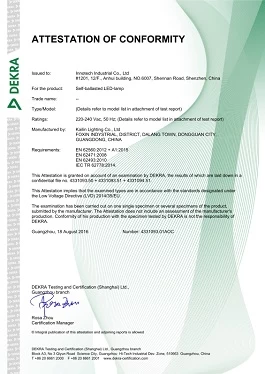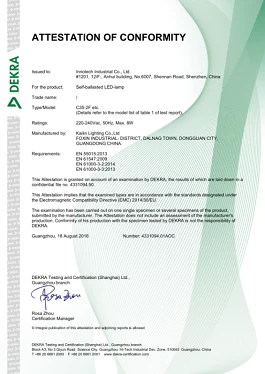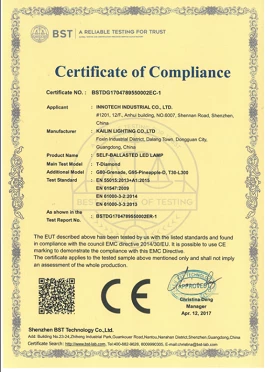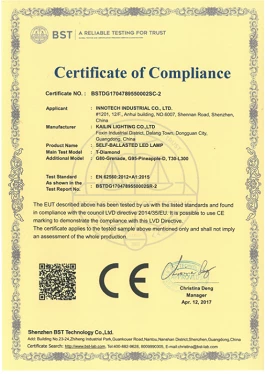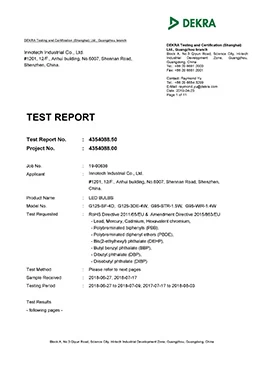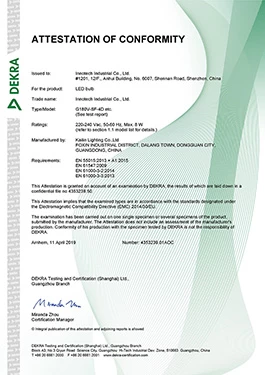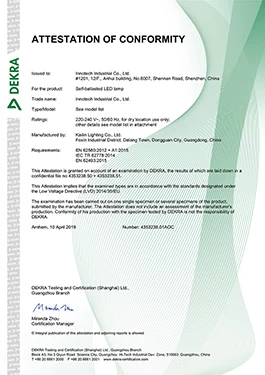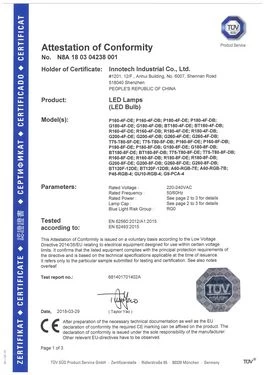Australia and New Zealand implement safety compulsory certification for LED bulbs and nightlights
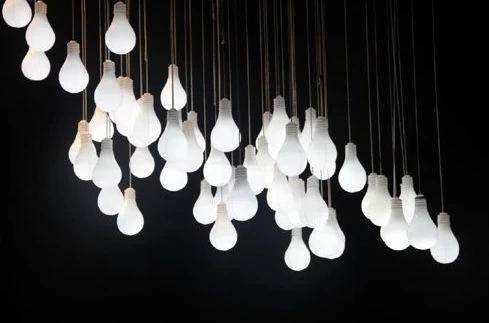
filament LED bulbs supplier china
It is worth noting that this revision will add 6 types of products, such as LED bulbs and nightlights, to the scope of compulsory certification products. The standard stipulates that from June 1st, 2018, LED bulbs and nightlights entering the Australian market must first apply for a mandatory safety certificate (SAA certification).
The specific contents of this revision include: First, the addition of Australian Level 3 mandatory control products: In addition to LED bulbs and nightlights, electric heating water bags, DC isolators, glue guns and flexible electric blankets will also be in 2018. Enforced from June 1st; second, the addition of New Zealand Level 2 products: balance car, DC/AC electric vehicle (EV) charging pile, cable assembly, belt line control and protection devices. These products have been in June 2017. From the 30th, if it is sold to New Zealand, at least the relevant test report (also can apply for safety certificate) is required. Third, the safety level is divided: from June 1, 2018, flexible heating pad and floor polishing machine The three types of products, such as scrubber and TV receiver, have been reduced from Level 3 products in Australia to Level 2 products, and have been removed from the New Zealand Level 2 list. Fourth, product definition updates: flexible heating pads, treatment lamps and wall switches It has also been updated in this revision.
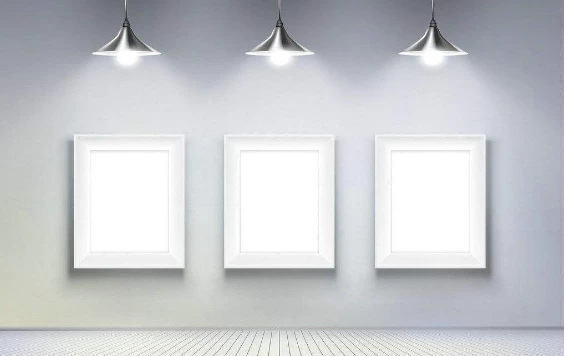
LED Filament light Bulbs manufacturer
It is reported that SAA Australia International Standards Corporation is the only standard certification body in Australia. Regardless of whether it is imported or assembled in Australia, before entering the Australian market, it must first pass the certification of Australian International Standards. Thanks to the mutual recognition agreement between Australia and New Zealand, all products that have obtained Australian certification can successfully enter the New Zealand market. There are two main types of SAA logos, one is form recognition and the other is standard mark. Formal certification is only responsible for the sample, and the standard mark is subject to factory inspection.

The expansion of the Australian safety compulsory certification product range will greatly increase the production and testing costs of the enterprise; once the product quality has not met the standard requirements, it will be subject to economic loss due to the spot check and notification by the Australian market.

 +
+